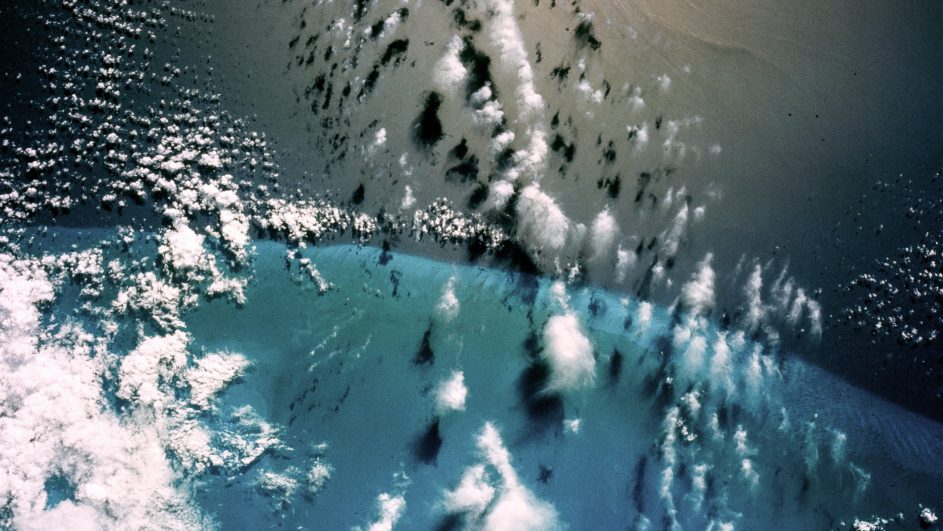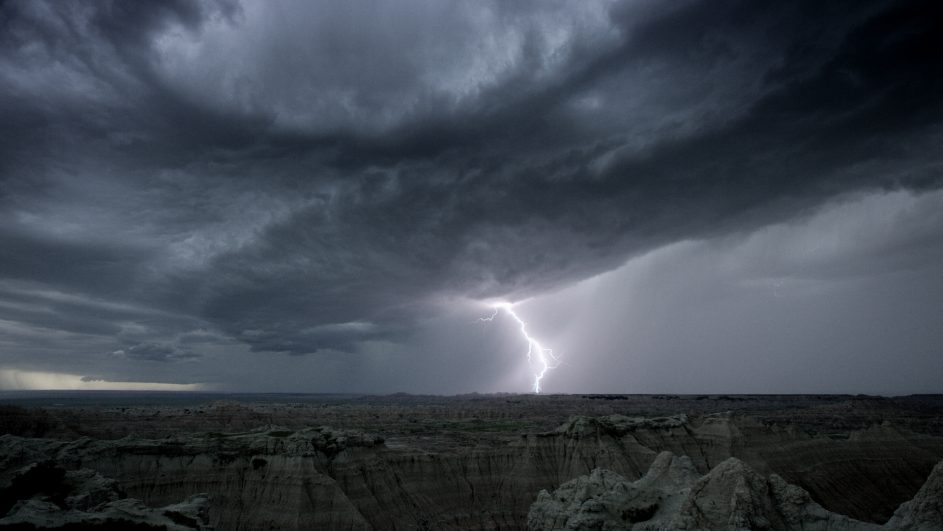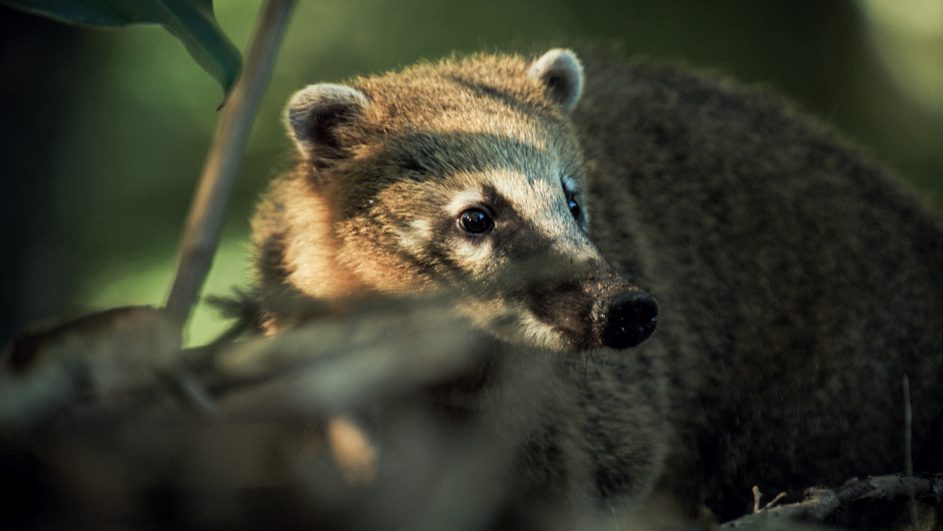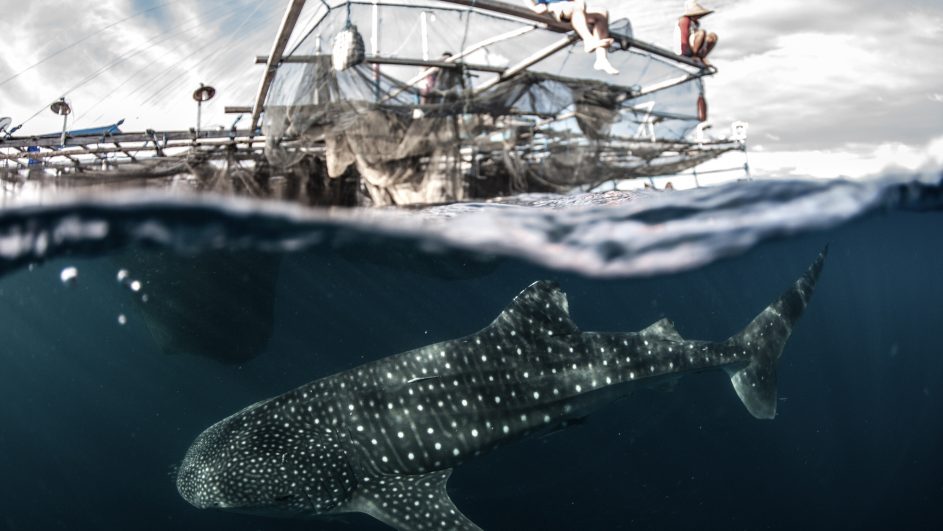Nature, Science
Earth: The Nature of our Planet
Synopsis
Viewed from space, our blue planet seems as familiar as a long-time friend – so familiar that we forget how extraordinary it really is. As far as we know, our world is unique in the universe, defined by three elements, Air, Land and Water. Each element has its own special properties and phenomena and is home to myriad lifeforms that have infiltrated every habitat, from the deepest oceans to the tiniest nooks and crannies.
Across three enthralling episodes, ‘Earth – The Nature of Our Planet’, explores mysteries of the plant and animal kingdoms; weather and geological phenomena and nature’s wonders, from the perspective of the elements. Air, Land and Water are not only the stages for this dramatic theatre of life, but dynamic spheres in their own right, connected to one another through surprising relationships.
Episode 1: Air
The first episode explores the most inconspicuous of the Earth’s three habitats – Air, or, the atmosphere. It is invisible, yet this element is of profound importance. We all know that without oxygen life is unsustainable. But the atmosphere has other lesser known attributes. Without it, the Earth would not experience weather events or have the moderate temperatures that enable liquid water, and life, to exist in the first place. Nor would we have protection against extra-terrestrial dangers, like meteors or the sun’s lethal ultraviolet radiation.
This layer forms a living space in its own right. At first glance it may seem relatively empty, but it is home to a wide variety of creatures, the most obvious of which are birds – albatrosses, puffins and sooty terns that all stay on the wing for inordinate lengths of time.
But there are more than feathers flying up there. A relatively new branch of science, Aeroecology is now being used to learn about minute life forms that are active at different altitudes.
Our atmosphere is not just a habitat, but also a conduit for communication. Without the medium of air there would hardly be any sounds or noises. All the different acoustic signals that animals use to ‘speak’ to one another would be inaudible.
Song is probably the most pleasing of those sounds. The males of many bird species use song as a way to impress and win over potential partners during their mating season.
The atmosphere also carries sounds inaudible to the human ear. Bats use high frequency acoustic signals to help them hunt in the dark night sky.
But the atmosphere doesn’t just support life – it can also kill… Differences in temperature between various points cause pressure fluctuations that set the air between them in motion, the result is wind. In extreme cases, wind will develop into tornados that can travel up to 300 kilometres per hour leaving trails of destruction in their wake.
Episode 2: Land
Episode two brings us back to earth. Our Earth, the land beneath our feet, is in a state of perpetual change and unrest, as demonstrated by countless volcanoes and geysers around the globe. The tectonic plates of our planet are in constant motion. When they collide and grind against each other, earthquakes or tsunamis may result.
Paradoxically, the destructive forces below ground are also a source of new life. Over millions of years, volcanic eruptions at the bottom of the sea have created new islands. Settlement begins when plant seeds are transported by the wind to the pristine new islands. The plants are joined by insects and birds that are able to fly long distances across the sea. Reptiles and mammals might be carried to the newly formed shores on floating debris, or swim, like the Marine Iguanas that once arrived on the Galapagos Islands.
Alongside the subterranean, constructive forces of nature that build pristine land, there are those that are powerful enough to grind and shape rock into dust, or into breath-taking natural sculptures. A very special geological phenomenon are the Badlands. Over eons, rain and melt water have carved their way deep into the rock. Herds of the last free-ranging bison graze on the fertile plains that surround these imposing land formations in South Dakota.
Soil provides many raw materials and natural resources that have been utilised by mankind for tens of thousands of years. Clay is used to construct entire buildings, but Ovenbirds discovered that a long time before humans! These feathered builders create spherical nests from damp soil and blades of grass.
Our planet’s land masses also harbour an invisible treasure that benefits a particularly successful group of organisms – plants. Nutrients in the soil enable them to sprout, blossom, and thrive. Some plants, however, prefer to take short cuts – enter the devious South East Asian stranger fig.
Episode 3: Water
Episode three presents the most prominent habitat of our planet – water. It’s ironic that we should call our planet ‘Earth’, when two thirds of its surface is covered by water!
The oceans, with their fluctuating water temperatures and global currents, also act as a driving force for local weather phenomena and global climate change. In addition, they provide an immense habitat for a countless variety of species. Some of the most important are microscopically small plants and bacteria. Under the right environmental conditions, they can be seen from space in one of nature’s most mysterious spectacles, the Algal bloom. The ‘bloom’ is a sudden mass reproduction of phytoplankton that changes the colour of vast bodies of water into a creeping, luminescent, blue-green expanse. Beautiful, but potentially deadly to large other marine life.
A mass occurrence of these zooplankton, however – usually tiny crabs – can sustain large numbers of sea creatures. Cold, nutrient-rich seawater allows the animal plankton to thrive – which is why the most diverse members of the marine food chain can be found in ocean regions that boast a large zooplankton population. Manta rays and whale sharks are just two of the world’s plankton gourmets.
Life is a series of ups and downs – this also applies to the oceans and their inhabitants. The Earth’s seas are subject to a force of nature which is literally off the planet. The gravitational pull of the moon is responsible for Earth’s fluctuating tides. The constant cycle of low tide and high tide has created unique habitats along many of the coastlines of the world; like mangrove forests and tidal flats – home to unique creatures, perfectly adapted to life in the mud, like the tiny, but awe-inspiring fiddler crabs.
Produced by Terra Mater Factual Studios









